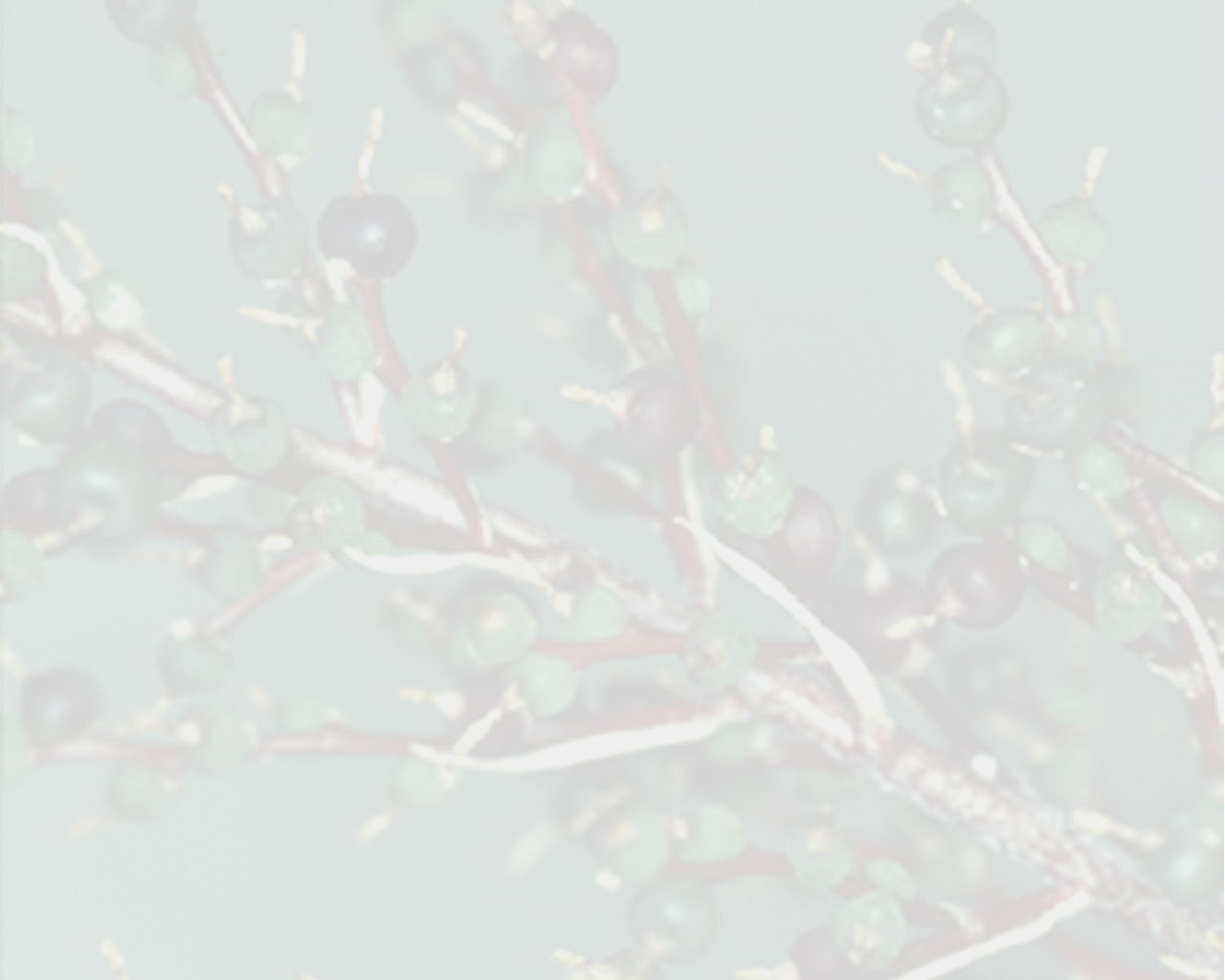

 Araeococcus nigropurpureus Leme & J.A.Siqueira[as Araeococcus nigropurpureus ]
Araeococcus nigropurpureus Leme & J.A.Siqueira[as Araeococcus nigropurpureus ]Observations: —DISCUSSION
This new species is easily mistaken for A. parviflorus, especially in herbarium material. In general, A. nigropurpureus differs in the leaf blades that are usually distinctly canaliculate toward the base, clearly visible in dry plants, as well as the more laxly arranged inflorescence. More specifically, the new species is distinguished by the floral bracts that are lanceolate (vs. ovate) and narrower (ca. 0.5 mm vs. 1-1.5 mm wide), heavily perfumed flowers (vs. no detectable aroma) and especially by the ovary that is distinctly sulcate near the base, even before anthesis, and has a broadly obtuse purplish-black base that gives the species its name. The ovary of A. parviflorus has a narrowly ovate base that is pale or dark green, and smooth or only slightly sulcate, especially after anthesis.
The range and elevation bands of A. nigropurpureus and A. parviflorus overlap which may be merely an artifact resulting from identification problems of herbarium material. However, the new species has a clear preference for the Urucuca-Itacare region, especially the Serra Grande district, where it is an epiphyte in the low montane Atlantic forest understory. In the same region, the ranges of morphologically similar species of the genus Lymania [L. corallina (Beer) Read, L, globosa Leme, and L. languida Leme] also overlap. If A. nigropurpureus and A, parviflorus really do share the same habitat, as do the Lymania species mentioned above, the presence of heavily perfumed flowers that are rather blackish as a result of ovary color in the former species, but not in the latter, suggests that biological isolation mechanisms may be at work in both species. The presence of A. nigropurpureus has not been recorded in public or private conservation units.;Edited from (16-11-2014): Siqueira & Leme 2007. (protologue) Fragments of the Atlantic Forest of Northeast Brazil - Biodiversity, Conservation and the Bromeliads .